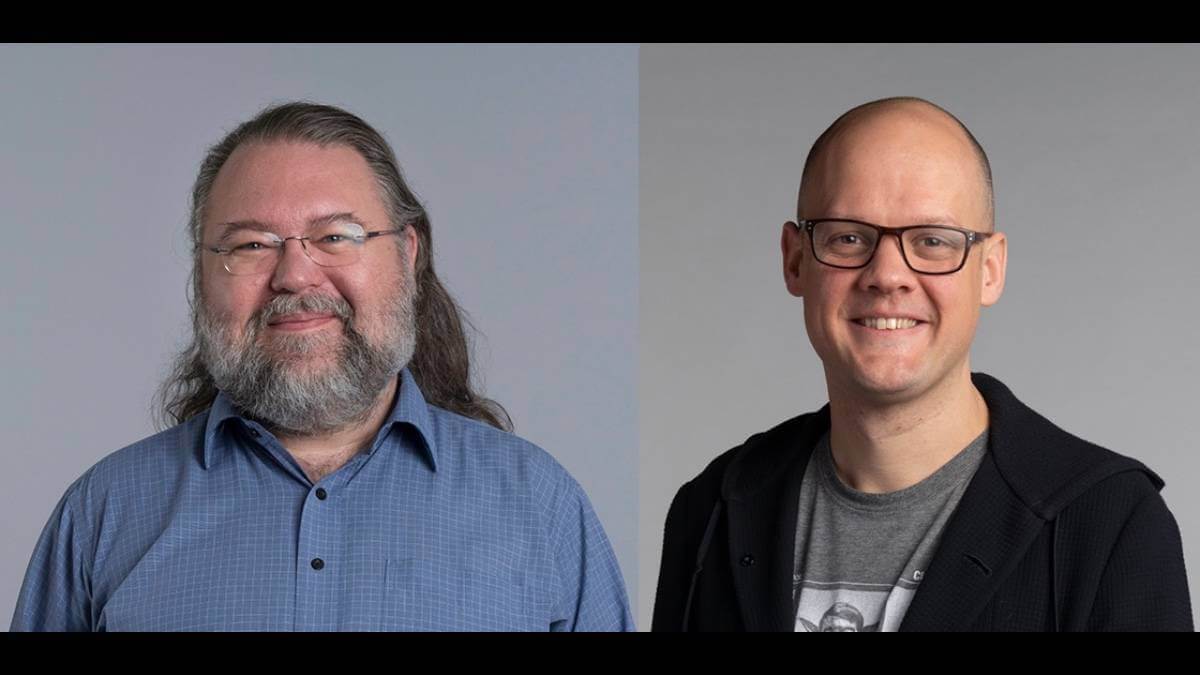Put me down as one happy to see it. I'm not 100% sold, I'd like to see data (listening tests) to show they drew the line for distortion at a reasonable level as it relates to audibility. But if they got it even close to right, IMHO it's 1000 times better than what we have now in the consumer space--which is nothing.
Many who like to badmouth CTA-2034/Preference scores, etc, often pick out a tiny monitor that scores "better than the JBL M2! That's absurd! Obviously, CTA-2034 is useless!"
Of course we all (should) know, that's not the case at all. CTA-2034 simply isn't measuring the things that make the speakers so different. If there was an AES75 dB rating to go along with the Spin, it would be obvious one shouldn't be comparing the spins of those two speakers at all, as you would never be choosing between the two for the same application.
Some really good speakers which are of a smaller physical size may get a surprisingly high AES75 dB rating, which would show they may be considered for applications where people were considering speakers of much larger physical size.
It also may help explain why some speakers do better in subjective testing than the Spin suggests it should (JBL 4349, etc). Dynamics matter, and any standard that does a reasonable job of measuring that potential for a speaker is welcome news to me.

 aes2.org
aes2.org
